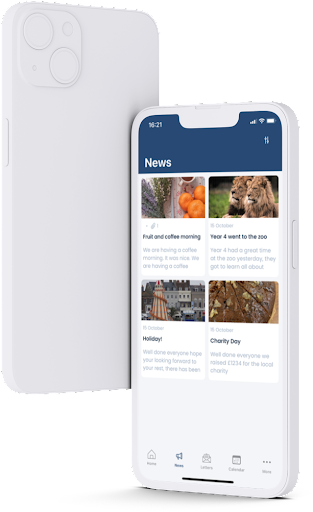Oracy is an essential skill that empowers students to express themselves clearly, engage in meaningful dialogue, and build strong relationships. It involves a combination of speaking, listening, and comprehension skills, which are crucial for effective communication in both personal and professional settings.
What Is Oracy?
Oracy plays a significant role in academic success. Research shows that students with strong oracy skills perform better academically. Effective communication helps in understanding and articulating complex concepts, leading to better educational outcomes. Employers highly value communication skills, making oracy essential for employability. Being able to articulate ideas clearly and engage in constructive dialogue is critical in most careers. Moreover, enhancing oracy skills can bridge the gap between socio-economic groups, providing all students with equal opportunities to succeed.
In classrooms that prioritise oracy, there are higher levels of student participation and engagement. Students who can express their ideas and opinions are more likely to take an active role in their learning. Additionally, good communication skills are linked to better mental health. They help reduce frustration, build better relationships, and contribute to overall wellbeing.
Oracy Champions
Oracy Champions is a comprehensive tool designed to enhance students’ oracy skills through interactive activities and real-time feedback. It allows teachers to monitor and assess students’ progress in various oracy skills, engage students with activities that improve their phonics, listening, and debating abilities, and create podcasts showcasing students’ achievements at the end of each term.
The platform is accessible via web browsers and mobile apps, making it easy for students, teachers, and parents to engage with the program anytime, anywhere. Additionally, Oracy Champions offers support through experienced educators who can provide training and facilitate workshops to maximise the benefits of the platform.
Oracy education is not just about improving speech; it’s about preparing students for life, giving them the tools they need to succeed in various aspects of their personal and professional lives. For more information, you can visit Oracy Champions.











